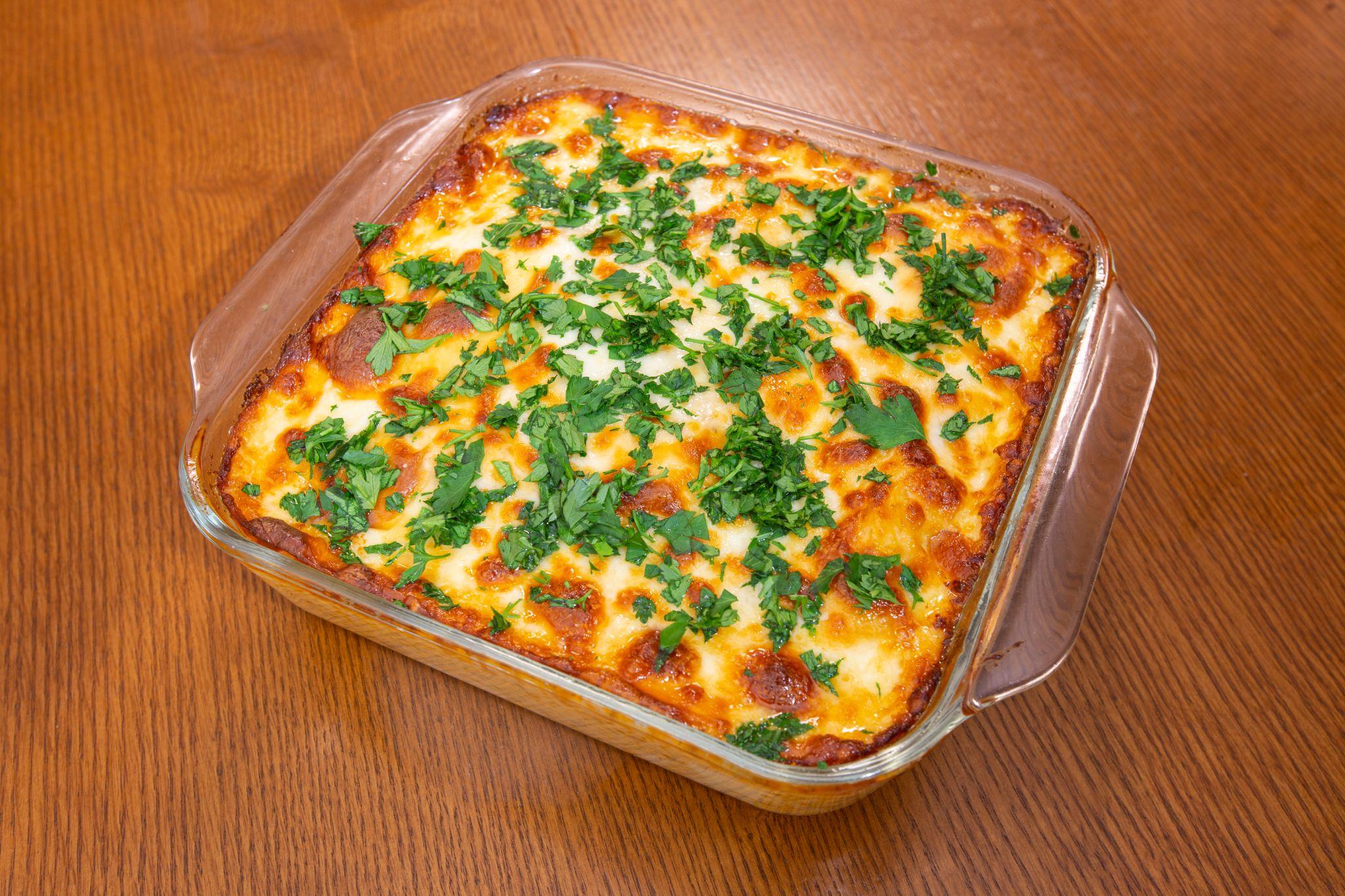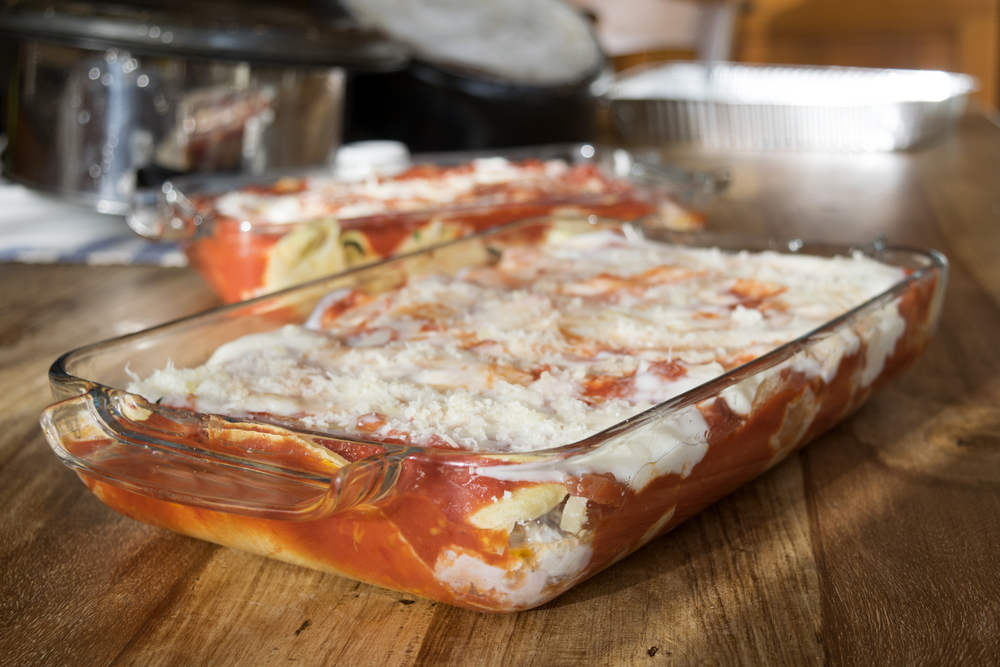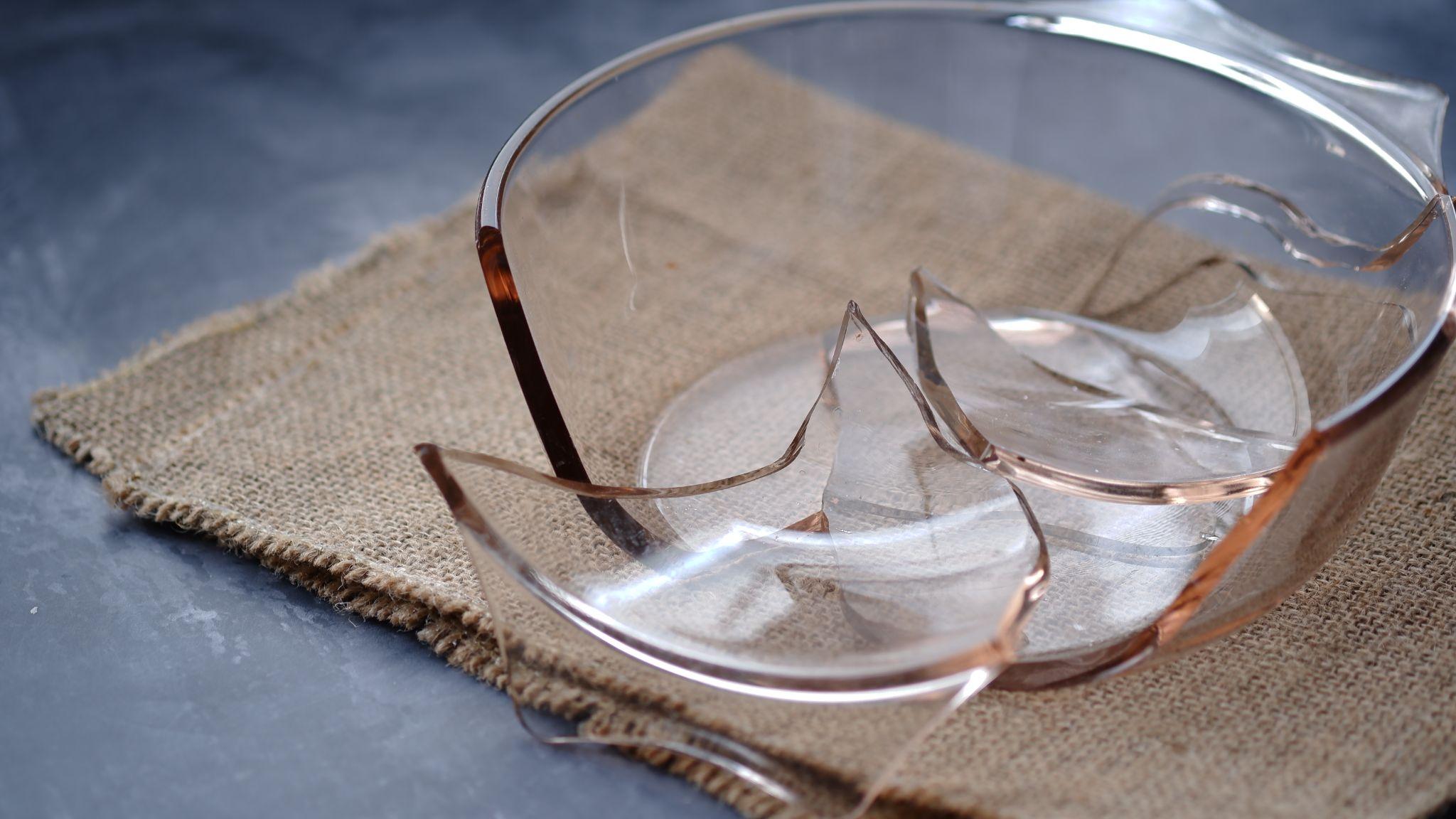Since its launch in 1915, Pyrex glass has become a household staple for its durability, scratch-resistant material, and affordable price. Pyrex storage containers suit almost every food, from delectable desserts to daily lunches.
However, if you freeze something in a Pyrex container, you may wonder if it is safe to put it into the microwave shortly after. So don’t take that Pyrex Casserole Dish out of the freezer and put it directly in the microwave. It can damage your Pyrex glass cookware - including the Pyrex Lids. Below are details regarding why you should (or should not) put microwave Pyrex after it has spent time in the freezer.
Pyrex is more than a brand name-it is a specific glass type with several ingredients that make it sturdy and well-known. Originally called borosilicate glass by scientists, the traditional Pyrex formula contained the common household cleaner Borax.

Make Sure to Bring Pyrex to Room Temperature Prior to Baking or Microwaving
Today, Pyrex does not use borosilicate glass in its products. Soda-lime (the cheap alternative to borosilicate) is the top choice for glassware manufacturers.
The chemical composition in vintage or original Pyrex glass are:
Pyrex is less malleable than traditional glassware, meaning it is not as affected by heat. Pyrex is also tolerant to most chemicals and electricity, and it is fire-resistant. Even though soda-lime is the new material of choice, Pyrex products still hold up relatively well in extreme conditions.
However, the switch to soda-lime lowered the heat tolerance of Pyrex and therefore made it slightly more dangerous to use (but more on that later).
Glass can safely go into the microwave from the freezer if you let it thaw on the counter for several minutes. However, do not put it in the microwave straight away-doing so often results in glass shattering or exploding due to the rapid temperature change (called thermal shock).
Microwave safe glasses also need thawing time, even though they can accommodate high temperatures.
Original Pyrex cookware is tempered glass. Unlike the materials used in windows, frames, mirrors, and furniture, tempered glass accommodates high temperatures. You can find tempered glass in products such as test tubes and beakers, but not modern Pyrex.
If you have vintage Pyrex, you’re in luck-the older dishes are more thermal shock resistant than the modern models. More on this later, but the new Pyrex glassware is less resistant to temperature changes.

Reheating Dishes Directly Out of the Freezer Could Result in Damaging Your Bakeware - get your Cookware to Room Temperature Before You Microwave Pyrex
Pyrex glassware bowls and dishes are perfect for casseroles, leftovers, and preparing microwave-ready meals that go to your freezer.
However, you don't want to ever microwave cold Pyrex. The manufacturer recommends allowing cold Pyrex to reach room temperature. Only once it has warmed up significantly to about room temp should you attempt to microwave Pyrex.
While Pyrex glass containers are microwave safe, never use them on a direct heating source, such as a grill, toaster oven, or stovetop. Using your glassware on one of those surfaces almost always results in breakage or shattering.
Proper Care and Use of Pyrex
Note that Pyrex glass can handle temperature changes, but you should still avoid any drastic thermal differences to extend the overall lifespan of your dish. And, if you notice any cracks or chips in your Pyrex glass container, do not use it. Doing so can increase the chances of the dish breaking further and causing an injury.
You always want your food to be high-quality and safe. Therefore, ensuring it cooks to the proper temperature is essential, even when using Pyrex. Taking your cold tempered glass container from the freezer to the microwave may make this tricky, but there are ways to double-check your food for safety.
Meat is one of the top causes of foodborne illness in the United States. Undercooked or spoiled meats can lead to Norovirus, Salmonella, or Campylobacter.
If you freeze meat in a Pyrex dish and leave it for several weeks (or months), you should ensure it is still fresh when removing the cookware from the freezer. Any sign of strange coloring or smells indicates you may want to throw the meat away.
When you’re ready to microwave your Pyrex frozen meat, let it rest on the counter for approximately 10 minutes. After that, you can put it in the microwave and begin reheating. Chicken and poultry should reach 165 degrees before removal, and beef should hit about 160 degrees. Fish and shellfish are safe at 145.
Although veggies are not as notorious for causing food poisoning, you should still reheat them with care. Pyrex dishes are excellent at even heat distribution, so your Pyrex bowl will likely reheat thoroughly without issue.
Like reheating meat, never take the dish from the freezer and put it straight into the microwave. Always let it rest to allow the temperature to rise naturally, then reheat it until it feels warm all the way through.
Most Pyrex glass bakeware comes with an accompanying plastic lid for storage purposes. According to the manufacturer's website, it appears that most - if not every - pyrex lid is BPA Free and safe to use in the microwave. While you'll want to check the instructions that came with your particular Pyrex brand product, it appears that in most cases, you'll be ok to put that pyrex glass bowl into the microwave with its lid on.
Defrosting via microwave seems simple enough when heating bagged frozen vegetables or meals-but can you defrost foods in Pyrex containers?
The straightforward answer is if you can avoid defrosting in the microwave, you should. You still have to wait for the dish to thaw before fully defrosting it, so the best thing to do is remove it from the freezer and let it defrost in the fridge overnight.
If you do not have that much time, you can always place it on the counter for several minutes to remove the initial icy buildup. After that, you can attempt to defrost it in the microwave - but take it low and slow.
As mentioned above, thermal shock occurs when a glass of any type goes from one extreme temperature to another.

Thermal Shock Can Destroy Glass Bakeware - Follow Manufacturer Heating Instructions
While the freezer to a hot oven is the most dramatic change you can put a Pyrex dish through, the microwave poses a threat, too. As tempting as putting your Pyrex into the microwave for a hot meal straight from the freezer may be, you should avoid doing so at all costs.
The catch? Pyrex from before 1998 is almost entirely thermal shock resistant. In 1999 (and beyond), Pyrex manufacturers changed formulas, and the beloved cookware became less resistant to extreme temperature differences. As mentioned, instead of using the classic borosilicate, Pyrex now contains soda-lime glass, which is less resistant to high temperatures.
Soda-lime glass is an alternative to borosilicate that is much less expensive to produce. 90% of the glass you see every day is soda-lime glass. Windows, jars, bottles, and cookware contain soda lime because it is easy to manufacture.
The chemical makeup of soda-lime glass that makes it less resistant to heat is the decreased amount of silicon dioxide. Original Pyrex contained 80%, while modern soda-lime glass Pyrex has about 69%.
This lack of silicon dioxide means that modern Pyrex is more malleable and bends or cracks when exposed to differing temperatures.
The silicon is the most significant difference between borosilicate glass and soda-lime formulations. But numerous changes might affect your Pyrex dish if you move it from the freezer to the microwave too quickly.
Borosilicate is extraordinarily rigid glass. The diamond (considered the hardest stone on earth) is a level 10 on the Mohs scale. Original Pyrex sits at a 7.5.
Soda-lime is not quite as hard as borosilicate, as it ranks at a 6 on the Mohs hardness scale. When you put modern Pyrex in the microwave after freezing without allowing time to warm, its hardness becomes compromised and leads to cracks and potential explosions.
This term is not as complex as it seems. The coefficient of linear thermal expansion measures how materials respond to heat.
Soda-lime has a high CTE, while borosilicate stays low on the spectrum. Vintage Pyrex glassware with a low CTE can handle upwards of 300 degrees-so your dish is much less likely to break when you put it in the microwave from the freezer (or vice versa).
If you are unsure whether you can put your Pyrex product in the microwave after removing it from the freezer, below are some related questions from other curious Pyrex owners.
Thermal shock causes Pyrex dishes to explode in the microwave. Ensure you let the dish thaw on your counter or in the fridge to prevent injury.
No, Pyrex glass is not toxic. Glass is much safer to eat and drink out of than plastics, which can leak harmful chemicals into your food in the microwave.
There have been a few reports of vintage Pyrex containing lead, but most of those have either not been accurate or disproven. Additionally, freezing Pyrex will not cause staining.
Yes, Pyrex is freezer safe. You can put your Pyrex Container in the freezer. If sealed well, it should do a great job of preserving your food for potentially many months. Just be sure to let the frozen Pyrex warm up considerably before attempting to heat the dish up in a conventional oven or a microwave oven.
